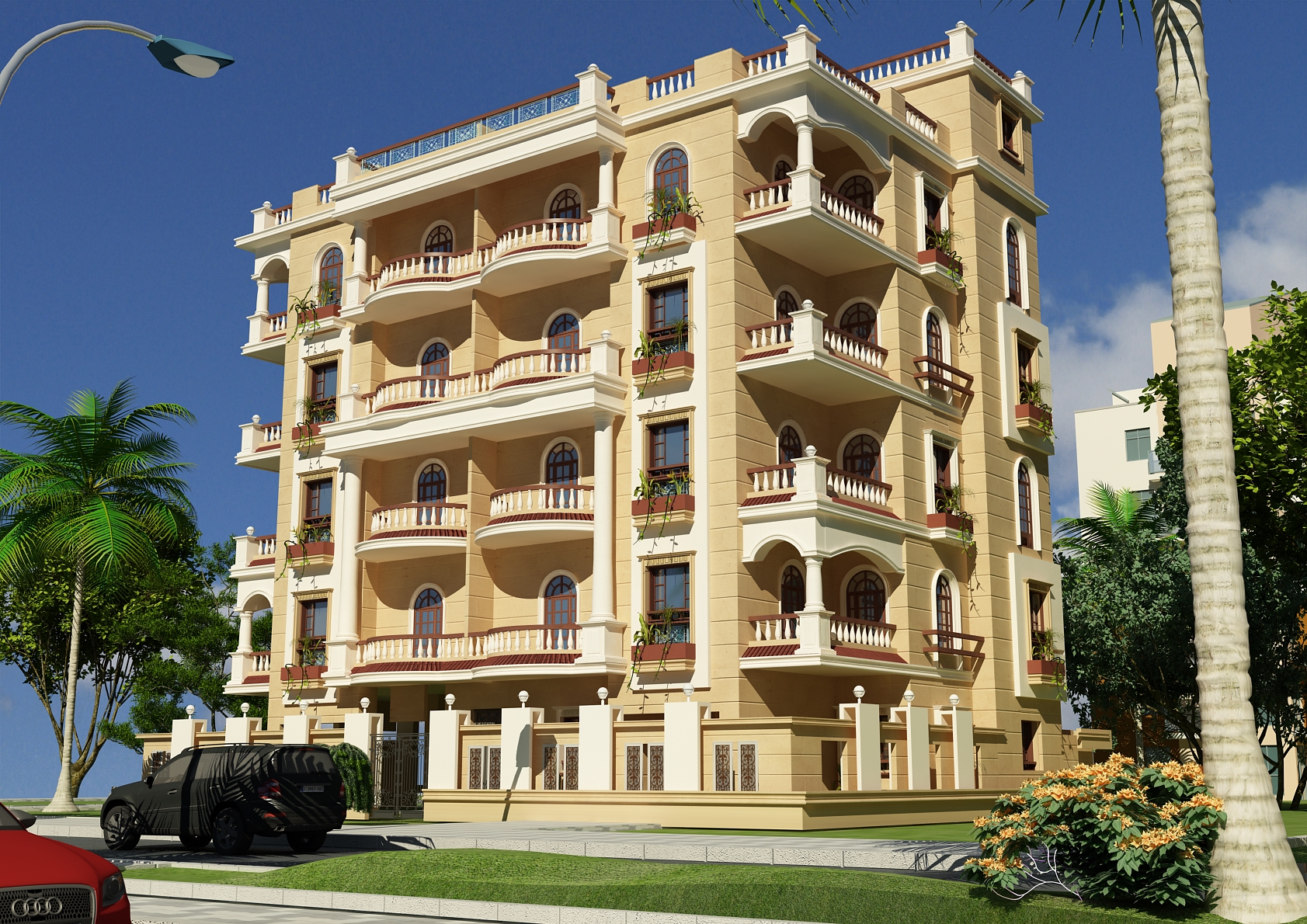
Restoring older properties is not just about preserving historical charm; it's about breathing new life into architectural treasures and creating homes or spaces that honor the past while meeting modern needs. Whether it's a historic home, a classic building, or a cultural landmark, the process of restoration requires careful planning, skilled craftsmanship, and a deep appreciation for heritage. In this article, we'll explore the importance, benefits, and steps involved in restoring vintage properties.
- Preserving Heritage and History: Restoring older properties is a way of honoring the past and preserving cultural heritage for future generations. These properties often tell stories of bygone eras, architectural styles, and craftsmanship that are worth preserving for their cultural, historical, and aesthetic significance.
- Benefits of Restoring Vintage Properties:
- Architectural Character: Older properties often boast unique architectural features, intricate detailing, and craftsmanship that are not found in modern construction. Restoring these features can enhance the property's character and charm.
- Value Appreciation: Restored vintage properties typically command higher market value and appreciation compared to properties that have undergone extensive alterations or modernization. Well-executed restoration can enhance the property's curb appeal and desirability among buyers or tenants.
- Sustainability and Conservation: Restoring older properties promotes sustainability by reusing existing materials, reducing waste, and preserving embodied energy. It also contributes to the conservation of historic buildings and landscapes, minimizing the environmental impact of new construction.
read also: Steps in Restoring Vintage Properties in Real State
- Steps in Restoring Vintage Properties:

- Assessment and Planning: Conduct a comprehensive assessment of the property's condition, including structural integrity, architectural features, and historical significance. Develop a restoration plan outlining the scope of work, budget, timeline, and preservation goals.
- Historical Research: Research the property's history, architectural style, and cultural context to inform restoration decisions and ensure authenticity. Consult historical records, photographs, and experts in architectural history or preservation.
- Preservation Standards: Familiarize yourself with local, state, and national preservation standards, guidelines, and regulations governing restoration work. Obtain necessary permits and approvals from relevant authorities before commencing restoration activities.
- Skilled Craftsmanship: Hire skilled craftsmen, artisans, and tradespeople with expertise in historic preservation techniques and traditional building methods. Ensure that restoration work is carried out with attention to detail, authenticity, and quality craftsmanship.
- Material Selection: Select materials that match the original construction materials in terms of quality, appearance, and compatibility. Salvage and reuse historic materials whenever possible, and source new materials that replicate the characteristics of the originals.
- Adaptive Reuse: Consider adaptive reuse strategies that repurpose older properties for contemporary uses while preserving their historical integrity. This may involve converting historic homes into modern residences, adaptive reuse of industrial buildings as commercial spaces, or transforming cultural landmarks into community hubs.
read also: Steps in Restoring Vintage Properties - Assessment and Planning in Real Estate
- Challenges and Considerations:
- Cost and Budgeting: Restoring vintage properties can be costly, requiring investment in skilled labor, specialized materials, and restoration expertise. Develop a realistic budget and contingency plan to account for unexpected challenges or expenses.
- Regulatory Compliance: Navigate regulatory requirements, zoning restrictions, and preservation guidelines to ensure compliance with legal and ethical standards. Work closely with preservation boards, historic commissions, and local authorities to obtain necessary approvals.
- Time and Patience: Restoration projects often require time, patience, and attention to detail to achieve the desired results. Anticipate delays, setbacks, and unforeseen challenges during the restoration process and remain flexible and adaptable in your approach.
In conclusion, restoring vintage properties is a labor of love that requires dedication, expertise, and a deep appreciation for heritage. By understanding the importance, benefits, and steps involved in restoration outlined in this guide, property owners, preservationists, and restoration professionals can embark on successful restoration projects that breathe new life into historic buildings and contribute to the cultural richness of communities.